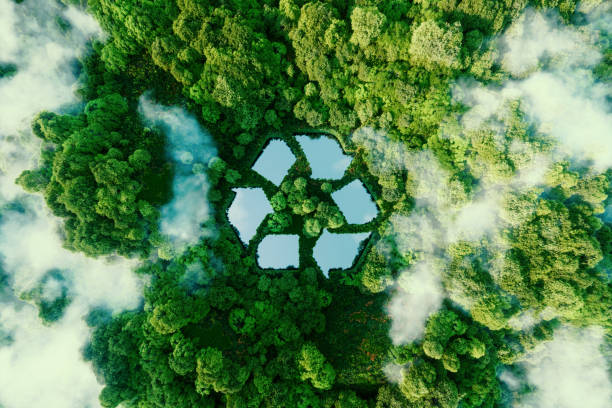Title: Solastalgia: The Emotional Toll of Environmental Change
Introduction: In an era of rapid climate change, a new psychological phenomenon is emerging: solastalgia. This complex emotional response to environmental degradation is reshaping our relationship with the natural world and challenging our sense of place and identity. Read below to explore the depths of solastalgia and its profound impact on individuals and communities.

The experience of solastalgia is multifaceted, encompassing feelings of loss, anxiety, and a sense of powerlessness. As familiar environments transform due to factors like deforestation, urbanization, or extreme weather events, individuals may feel a profound sense of displacement without physically relocating. This emotional response highlights the deep connection between human well-being and the stability of our surroundings.
The Psychological Impact of Environmental Change
Research in environmental psychology has revealed that solastalgia can have significant mental health implications. Studies conducted in areas affected by drought, mining, and other forms of environmental degradation have shown increased rates of depression, anxiety, and substance abuse among residents. The chronic stress associated with witnessing the gradual destruction of one’s home environment can lead to a range of psychological and physiological symptoms.
Moreover, solastalgia challenges our sense of identity and belonging. Many people define themselves in relation to their environment, whether it’s a coastal community, a forest, or an agricultural region. As these landscapes change, individuals may struggle to maintain their sense of self and community cohesion. This loss of place-based identity can be particularly acute for indigenous communities whose cultural practices and spiritual beliefs are intimately tied to specific natural features.
Solastalgia in the Context of Global Climate Change
As the effects of climate change become more pronounced, solastalgia is likely to become a widespread phenomenon. Rising sea levels threaten coastal communities, while changing precipitation patterns alter agricultural regions. Urban areas face increased heat waves and air pollution. These changes not only disrupt ecosystems but also challenge our fundamental sense of stability and security.
The global nature of climate change means that solastalgia is no longer confined to specific localities affected by discrete environmental issues. Instead, it’s becoming a shared experience across diverse populations worldwide. This collective emotional response to environmental change has the potential to reshape social and political dynamics, influencing everything from migration patterns to climate policy.
Coping Strategies and Resilience
While solastalgia presents significant challenges, researchers and communities are developing strategies to build resilience. One approach involves fostering a sense of agency through environmental stewardship. Engaging in local conservation efforts or sustainable practices can help individuals feel more connected to their changing environment and less powerless in the face of global trends.
Community-based initiatives that celebrate local culture and history can also play a crucial role in maintaining a sense of place-based identity. By acknowledging the changes occurring while preserving cultural memories and traditions, communities can create a bridge between past and present landscapes. This approach helps individuals navigate the emotional complexities of environmental change without denying the reality of those changes.
The Role of Policy and Environmental Justice
Addressing solastalgia requires more than individual coping strategies; it demands systemic changes and policy interventions. Environmental justice movements have highlighted how the impacts of climate change and environmental degradation disproportionately affect marginalized communities, exacerbating existing inequalities. Policymakers and urban planners are increasingly recognizing the need to consider the psychological impacts of environmental change in their decision-making processes.
Initiatives that prioritize green spaces in urban areas, protect biodiversity hotspots, and support sustainable development can help mitigate some of the drivers of solastalgia. Additionally, policies that address the root causes of climate change, such as reducing greenhouse gas emissions and promoting renewable energy, are essential for long-term resilience.
Solastalgia as a Catalyst for Change
While solastalgia represents a significant challenge to individual and collective well-being, it also has the potential to serve as a powerful motivator for environmental action. The emotional distress associated with witnessing environmental degradation can galvanize communities and individuals to advocate for change. As awareness of solastalgia grows, it may contribute to a broader societal shift towards more sustainable practices and a deeper appreciation for the natural world.
By acknowledging and addressing solastalgia, we open up new avenues for understanding the complex relationship between human psychology and the environment. This emerging field of study not only sheds light on the emotional toll of climate change but also points towards innovative approaches to building resilient communities and fostering a more sustainable future.





